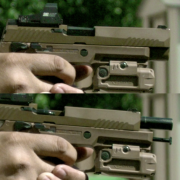As you might have guessed from some of the articles I have written this year, I have been going down a slow-motion camera rabbit hole. On a forum for the Chronos high-speed camera, I came across a user’s video recording airsoft guns in high speed. What caught my attention was a peculiar event when he shot semi-automatic gas blowback pistols that have reciprocating slides. As the slide reciprocates back, the pistol exhibits muzzle dip. I was confused by what I was seeing so I investigated further.
Pistol Training Aids @ TFB:
- TFB Weekly Amazon Deals 34: Airgun Deals for Cheap Backyard Training
- Concealed Carry Corner: Low Round Count Training
- TFB Review: The Mantis X3 Shooting Performance System
Muzzle Dip Captured In Slow Motion
SlowMo Luke on YouTube posted a montage of various airsoft guns shooting in slow motion. What interested me was what happens when he shoots semi-automatic pistols that have reciprocating slides.
To my surprise, the muzzle dip even happens on the toggle-locked golden Luger P08, however, I did not see muzzle dip when he shoots the revolver. So this seems to only affect handguns with some sort of reciprocating slide or action like the Luger.
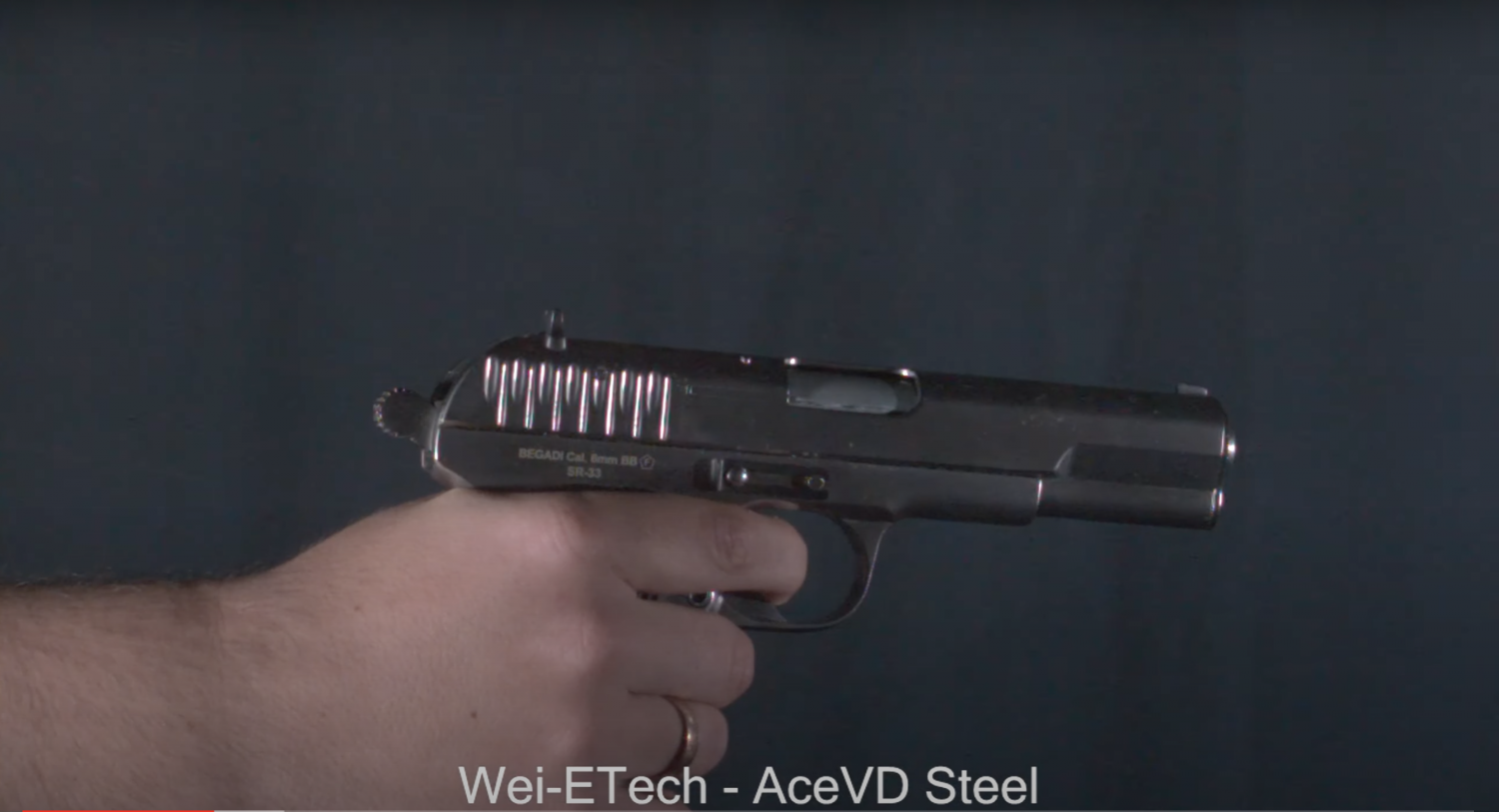
Natural point of aim, gun at rest. Screenshot from Slowmo Luke
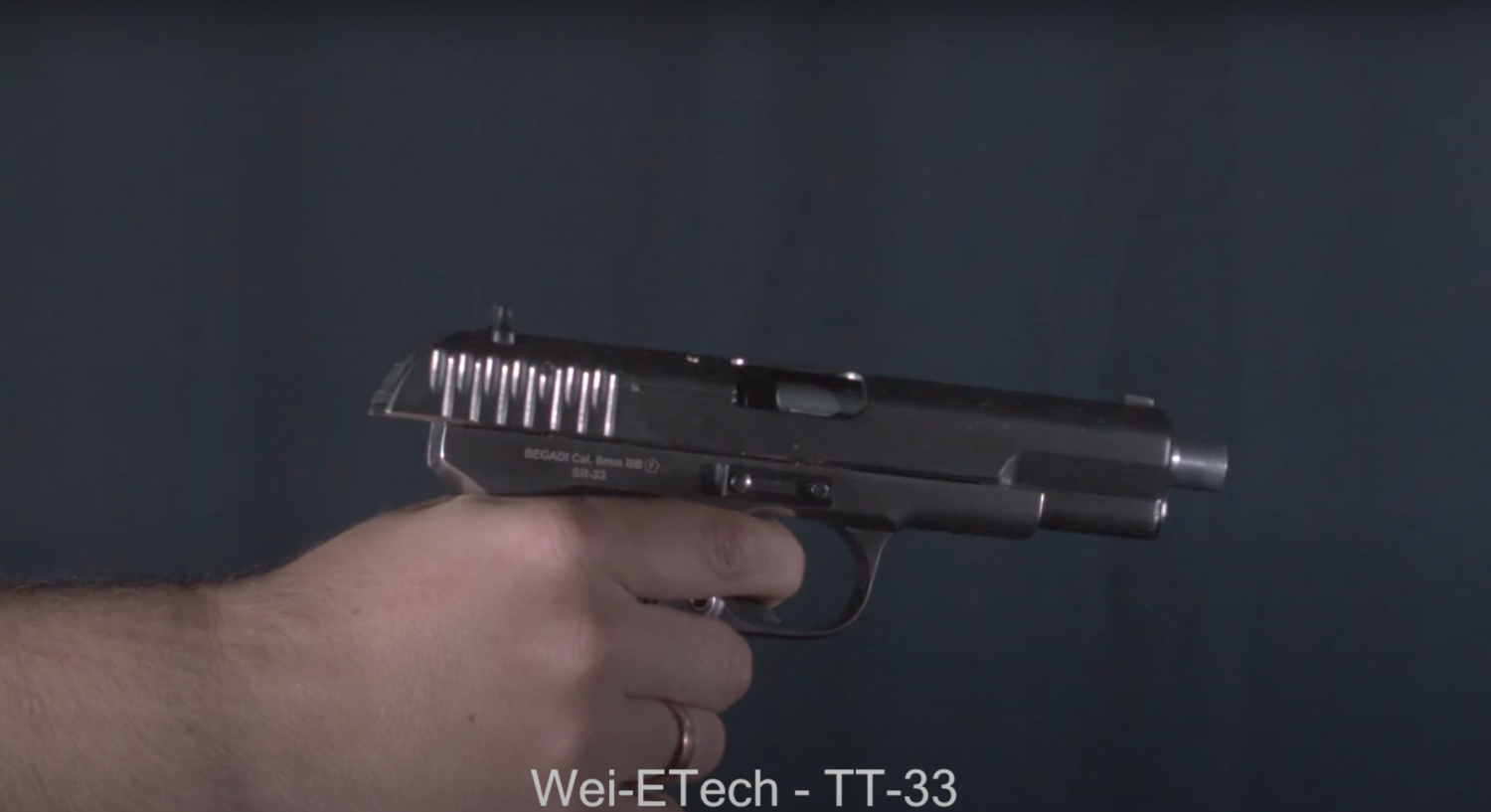
Slide reciprocates and muzzle dip. Screenshot from Slowmo Luke

When slide reaches the end of its rearward travel, it cause muzzle climb. Screenshot from Slowmo Luke
Science Time! Perform Experiments
I decided to test this myself. I showed the video to some gun friends of mine who were former airsoft enthusiasts and they too never noticed muzzle dip in airsoft handguns. We thought maybe the muzzle dip was due to a limp wrist by SlowMo Luke?
I have one of SIG Sauer’s ProForce M17 gas blowback pistols so I tested this myself using my Chronos camera. Apparently it has nothing to do with limp wristing a pistol.
Watch my video above. We can break down the action in the following three sequences which result in some movement of the muzzle:
- Gun shoots and slide reciprocates. Muzzle dip occurs.
- Slide travels to the rear and bottoms out on the recoil spring causing rearward recoil and muzzle climb.
- Slide closes forward causing forward recoil and muzzle dip again.
Look For Other Examples And More Data Points
I tried to wrap my head around what is happening in Step 1. Steps 2 and 3 make sense but the first step eludes me. Why does this happen? Is it exclusive to airsoft guns? I posted my video on Instagram and Dustin Ellerman of TopShot Dustin responded that he noticed a similar issue using a Coolfire Dryfire CO2 training barrel. The Coolfire barrel is a drop-in training barrel that lets you dry fire your firearm at the cost of CO2. If you don’t want to watch the entire video, scrub past to 2:20 in his video and he filmed both the Coolfire barrel and 9mm barrel side by side.
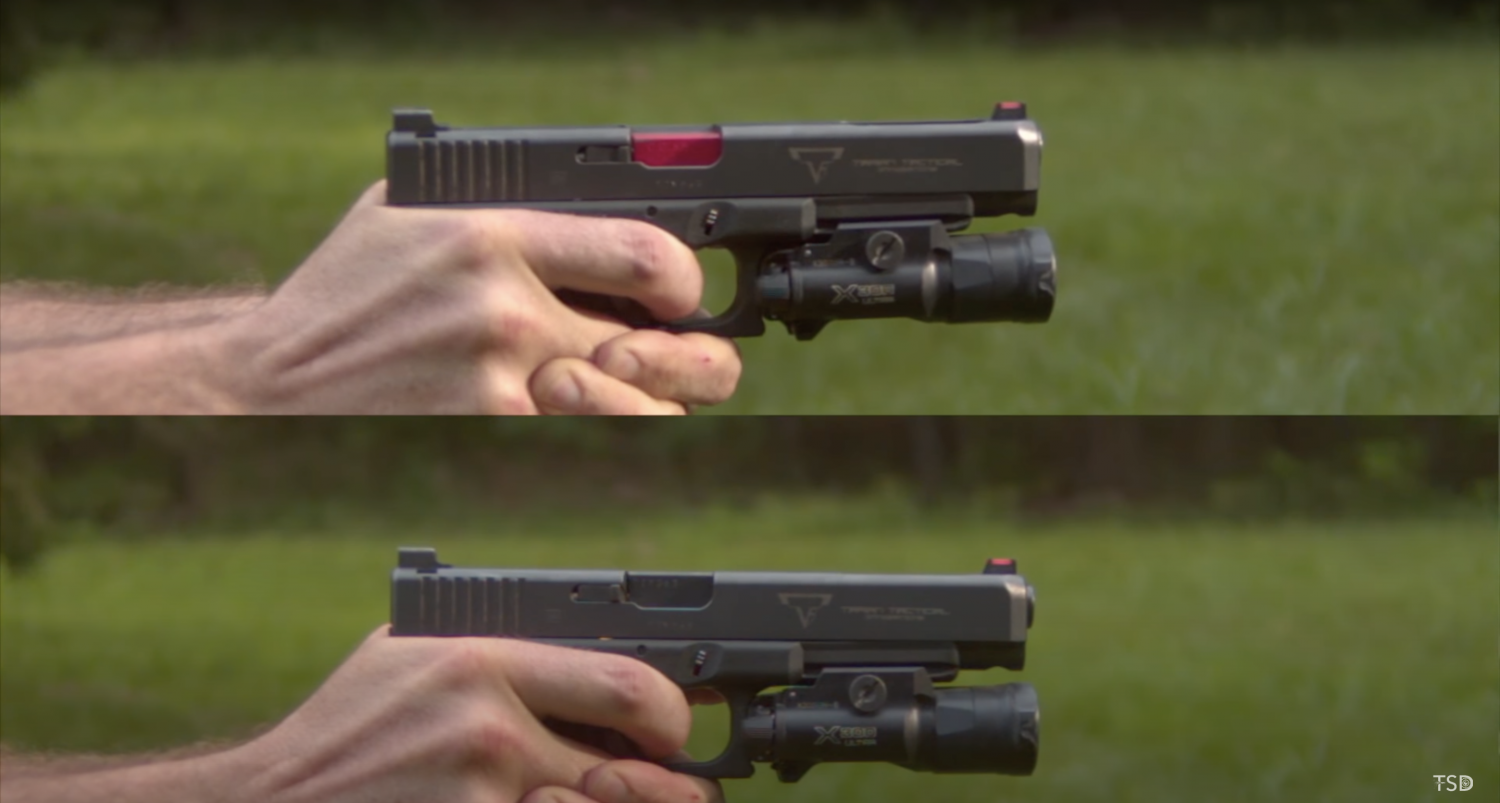
Guns at rest. Screenshot from TopShot Dustin

Muzzle dip in Coolfire. Muzzle climb from 9mm. Screenshot from TopShot Dustin
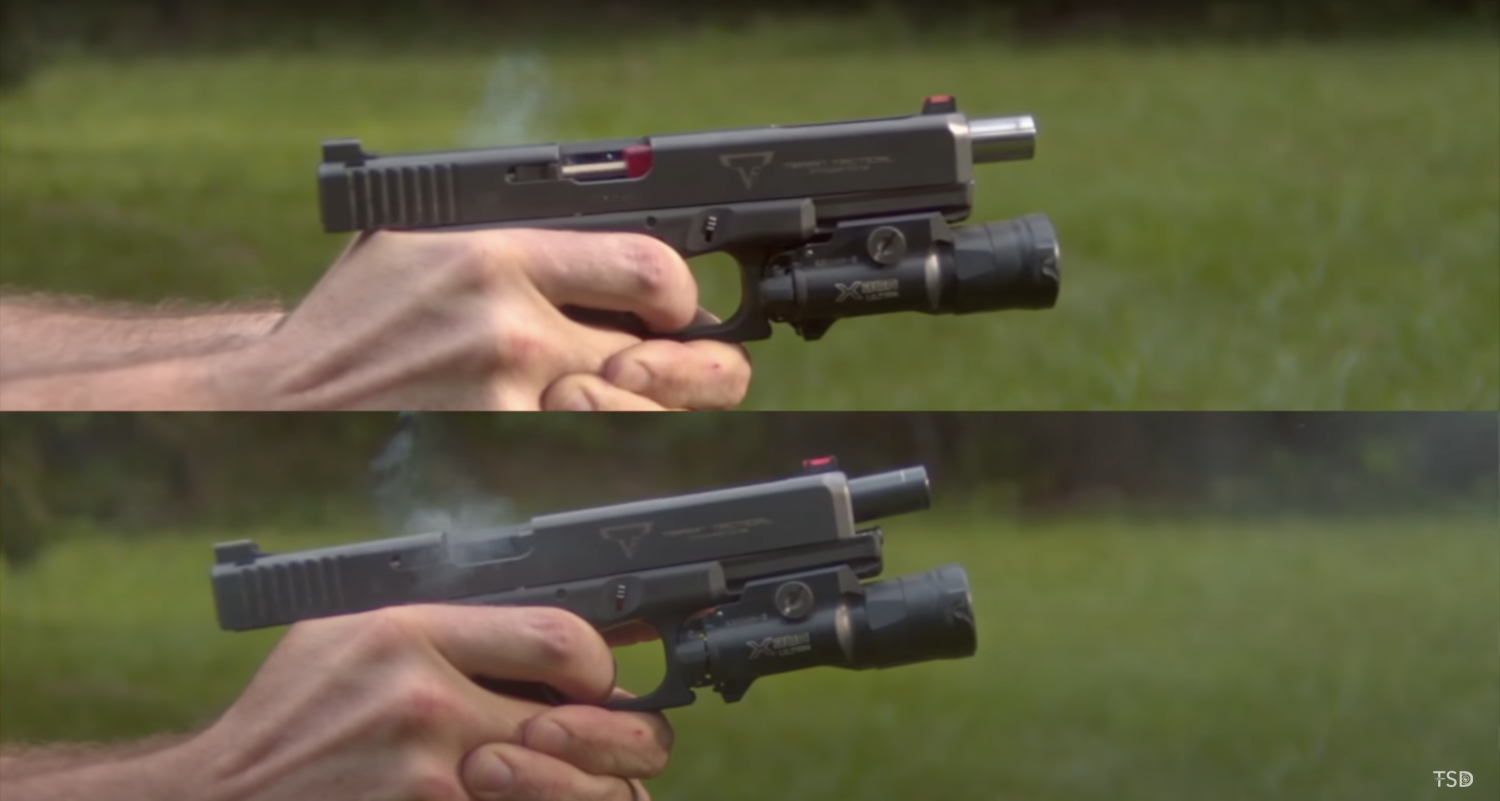
Muzzle climb from slides reaching the end of their rearward travel.
So far, these seem to happen in non-firearms like airsoft and the Coolfire barrel. What about blank-firing guns? I found a slow-motion video of a Umarex Gen 5 Glock 17 chambered in 9mm PAK.
Sure enough, you can see the muzzle dip as the slide reciprocates before the slide hits the end of its travel.
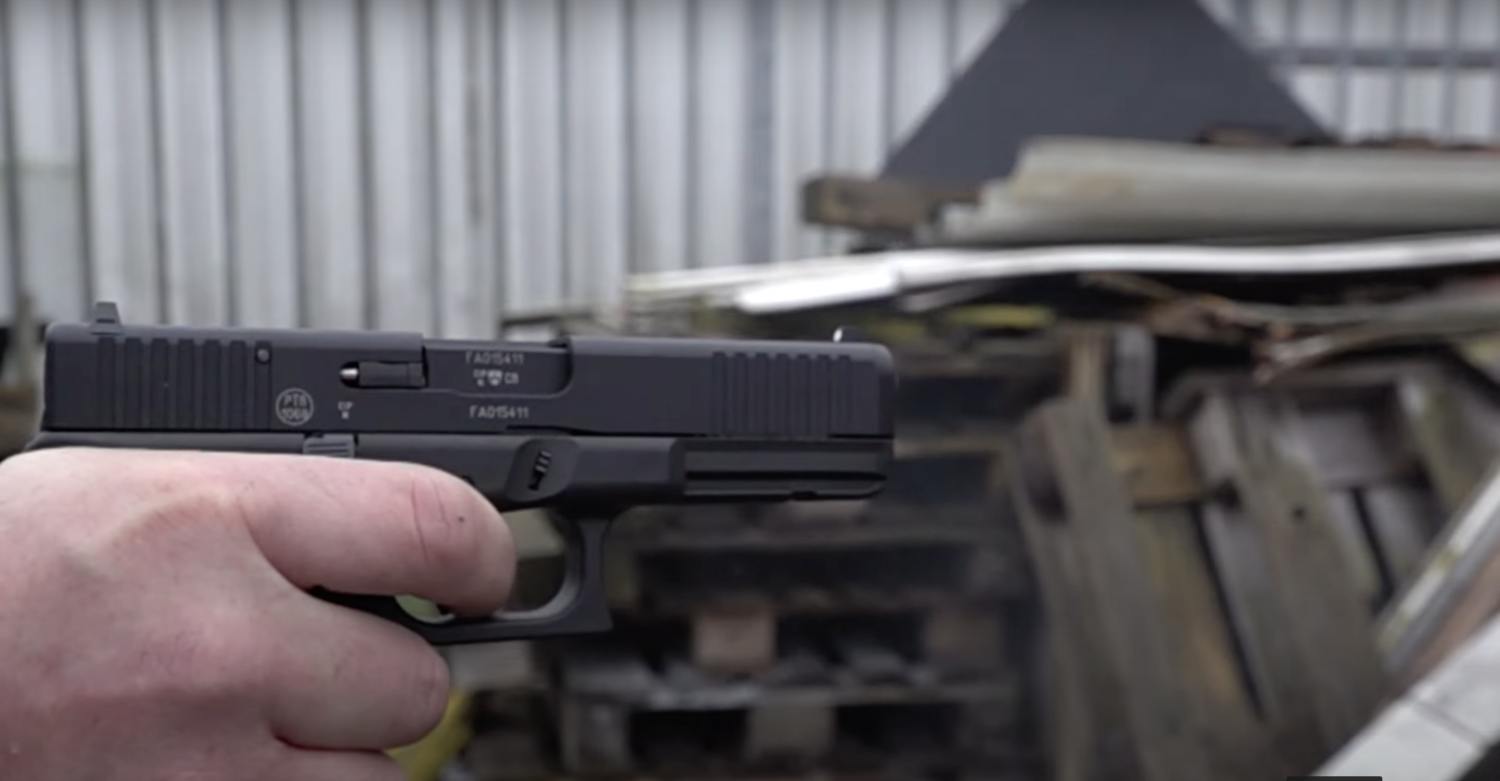
Umarex Glock 17 at rest. Screenshot from 2lbsTrigrPull
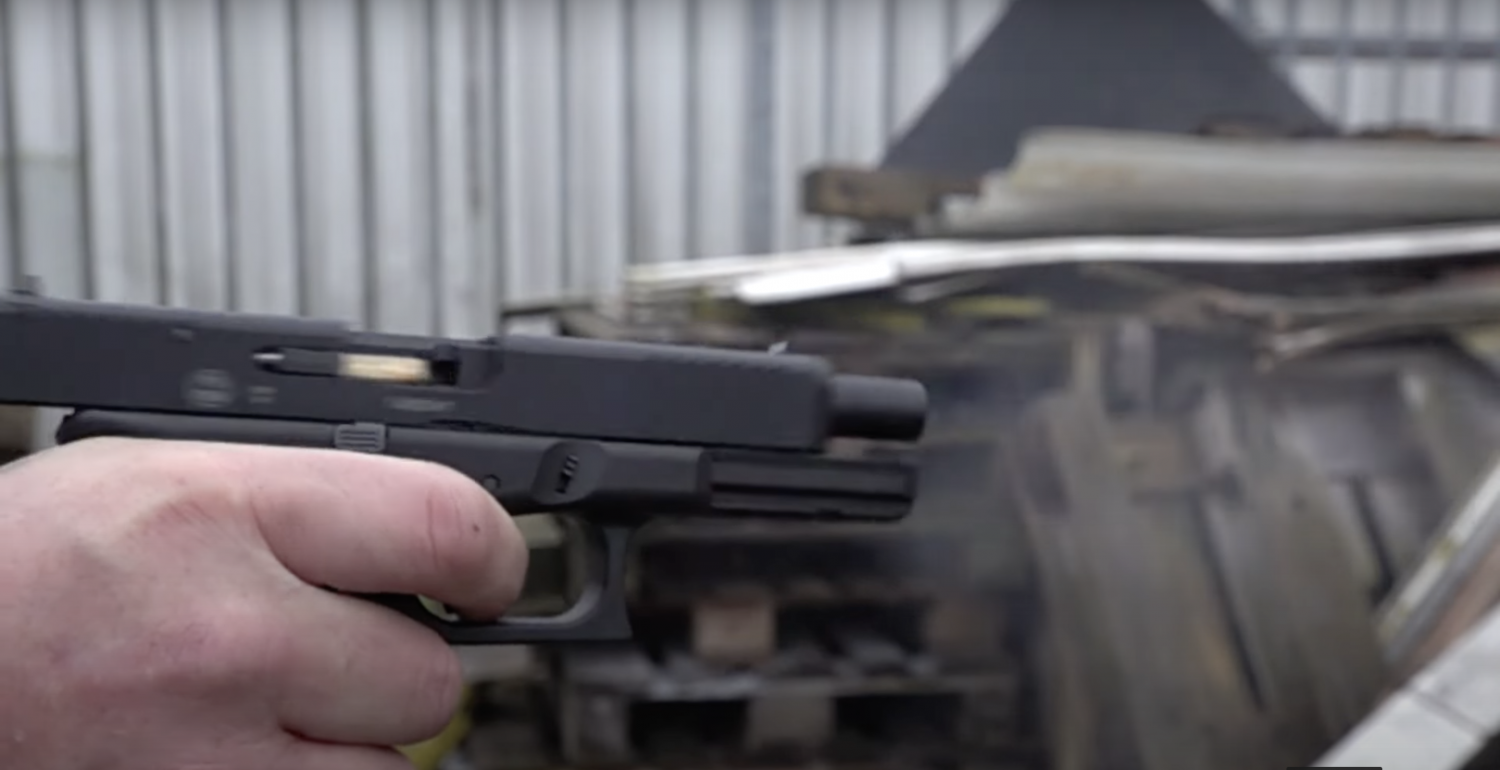
Muzzle dip. 2lbsTrigrPull
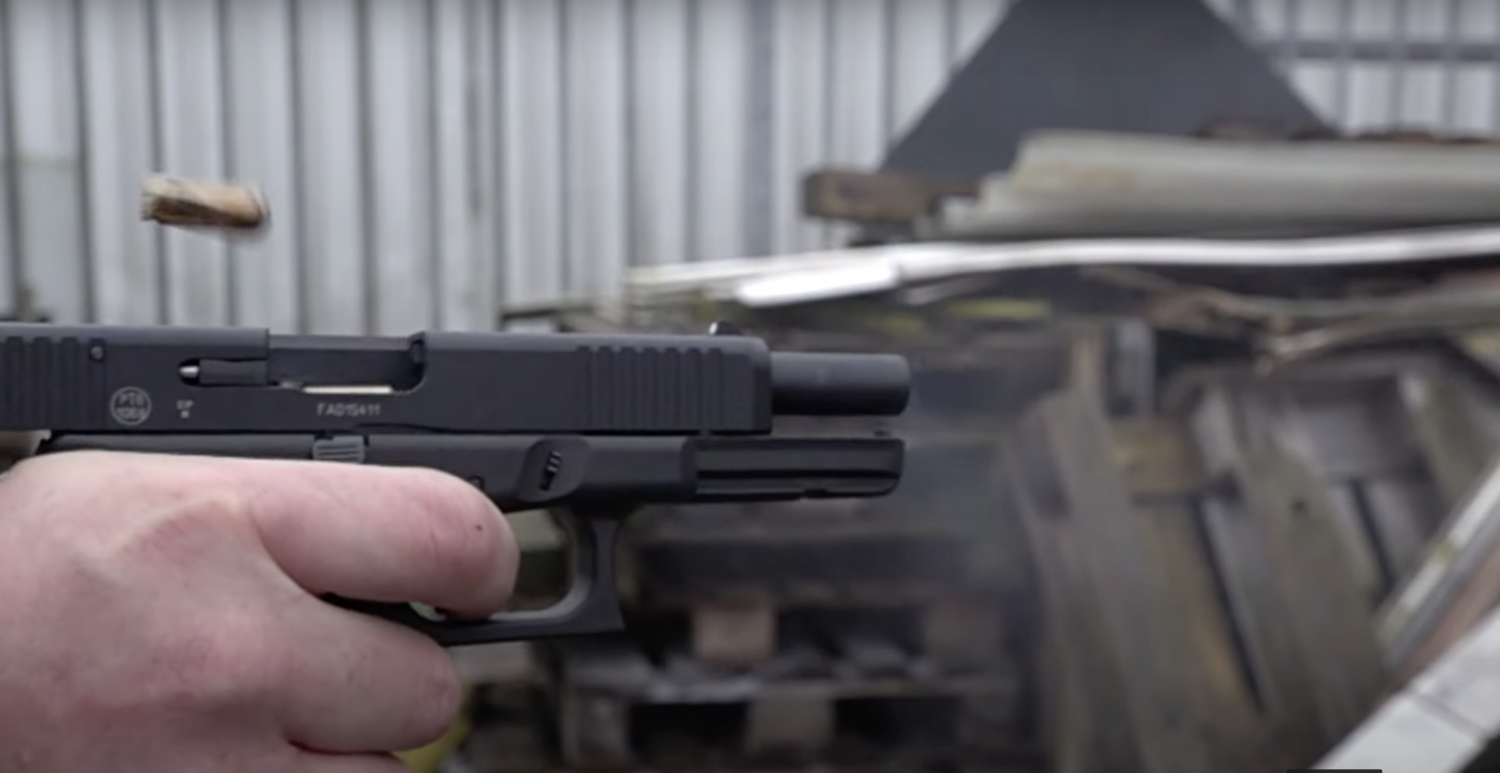
Muzzle climbs back up from the end of the slide rearward travel. Screenshot from 2lbsTrigrPull
Final Thoughts Of Muzzle Dip
So that comes to three different styles of semi-automatic handguns with reciprocating slides that all exhibit muzzle dip. Airsoft, CO2 training barrel and blank firing pistols. It seems universal to guns that do not shoot a projectile. The low back pressure from an airsoft BB does not count and it seems to be something to do with the reciprocating slide. Can any of you readers explain what is happening here? Why does muzzle dip occur? Why does it only happen with a reciprocating slide pistol? I want to understand what is happening here but it is above my layman comprehension of physics to figure this out on my own. Also, a smartphone slow motion is not really fast enough to capture the muzzle dip of blank fire guns. But you might be able to capture it on an airsoft gun. Please comment below if you have some insights into this physics puzzle.


